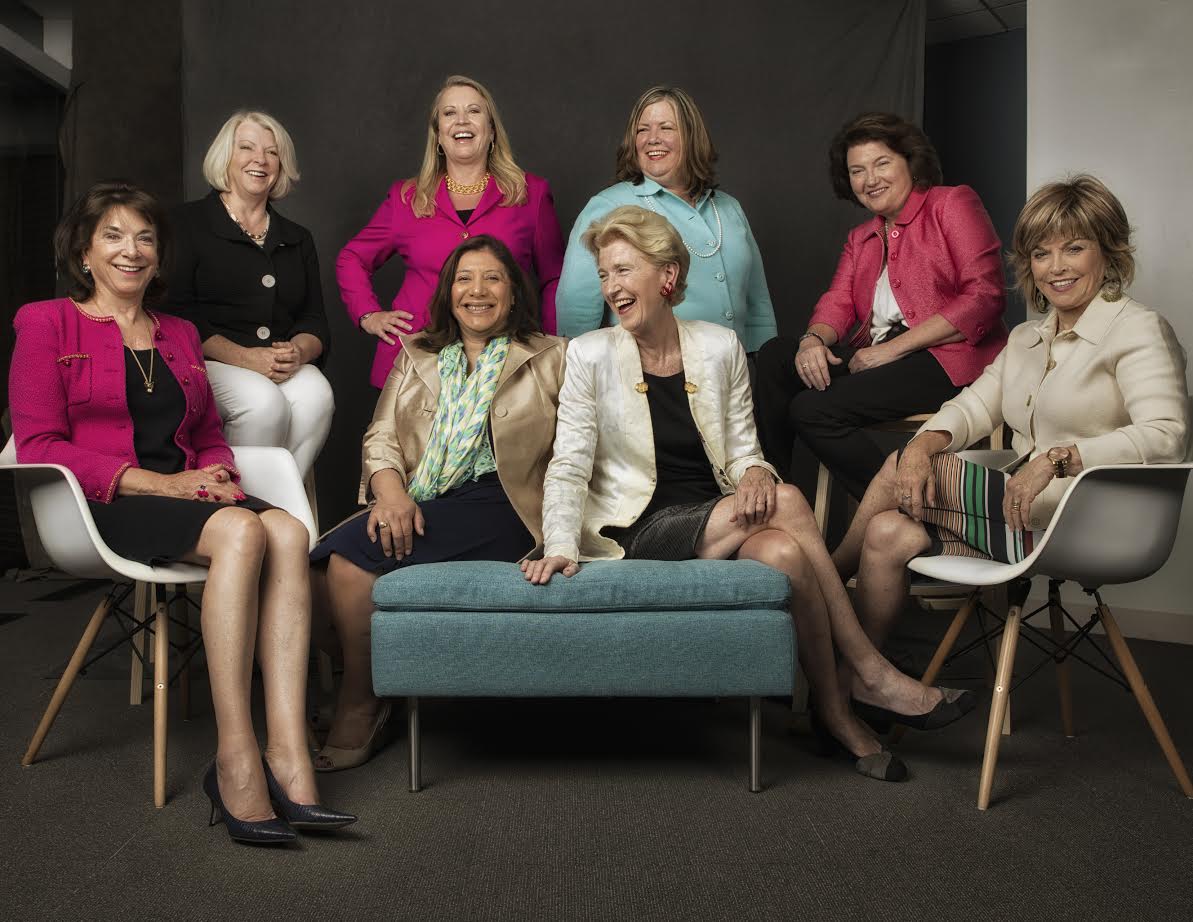
As Women’s History Month drew to a close last week, Congress introduced bipartisan bills in both the House of Representatives and the Senate to establish a new Smithsonian museum dedicated to women’s history.
“The US needs and deserves a comprehensive women’s history museum that will inspire men and women of all ages and for future generations,” said representative Carolyn Maloney, a democrat from New York, in a statement. “For too long, women who have made extraordinary contributions to our nation have been left out of the telling of our history. We can, and we must, change that.”
The House of Representatives bill, H.R.1980, is sponsored by Maloney with Brian Fitzpatrick, Brenda Lawrence, and Eleanor Holmes Norton. A companion piece of legislation, S.959, was introduced in the Senate by Susan Collins and Dianne Feinstein. Both bills are called the “Smithsonian American Women’s History Museum Act.”
Collins and Maloney previously introduced similar bills during the last session of Congress, after the American Museum of Women’s History Congressional Commission argued that the country needed a new national institution dedicated to women’s history. Neither bill made it to the floor for a vote, although the Smithsonian did create the American Women’s History Initiative in 2018 to showcase the important contributions made by women throughout US history.
Sally Ride uniform. Photo courtesy of the Smithsonian’s National Air and Space Museum.
The initiative is undoubtedly a step in the right direction, but a full-scale women’s history museum probably won’t open its doors anytime soon.
“What we don’t have the resources for right now is a new building, a physical structure,” Smithsonian spokeswoman Linda St. Thomas told the Washington, DC, radio station WTOP. She said the institute supports the idea, but that approved legislation and funding “might be a ways down the road.”
It took 15 years, for instance, to pass the bill authorizing the National Museum of African American History and Culture. The museum opened an additional 13 years later and cost $540 million to build, half of which was government money. If the new bills for a women’s institution are passed, Congress would then have to approve appropriations funding.
Already the push for a women’s museum dates back to at least 1996, when Karen Staser founded the National Women’s History Museum, an American history organization and proposed physical museum. As of now, the institution only offers a virtual museum of US women’s achievements.
Nancy Pelosi donating her gavel to the Smithsonian. Beside her are other objects from the institute’s collections representing women’s firsts. Photo courtesy of the Smithsonian Institute.
But despite the long journey ahead, there is undeniable bipartisan support for a woman’s branch of the Smithsonian. No fewer than 257 cosponsors eventually came on board for Maloney’s 2017 bill. Should the new version pass it would select a location for the museum, determine a budget of federally appropriated and privately raised funds, hire a director for the fledgling institution, and establish an advisory council to help plan for the museum’s construction, operations, and programming.
“American women have made invaluable contributions to our country in every field, such as government, business, medicine, law, literature, sports, entertainment, the arts, and the military. Telling the history of American women matters, and a museum recognizing these achievements and experiences is long overdue,” said Collins in a statement. “A museum dedicated to women’s history would help ensure that future generations understand what we owe to those American women who have helped build, sustain, and advance our society.”